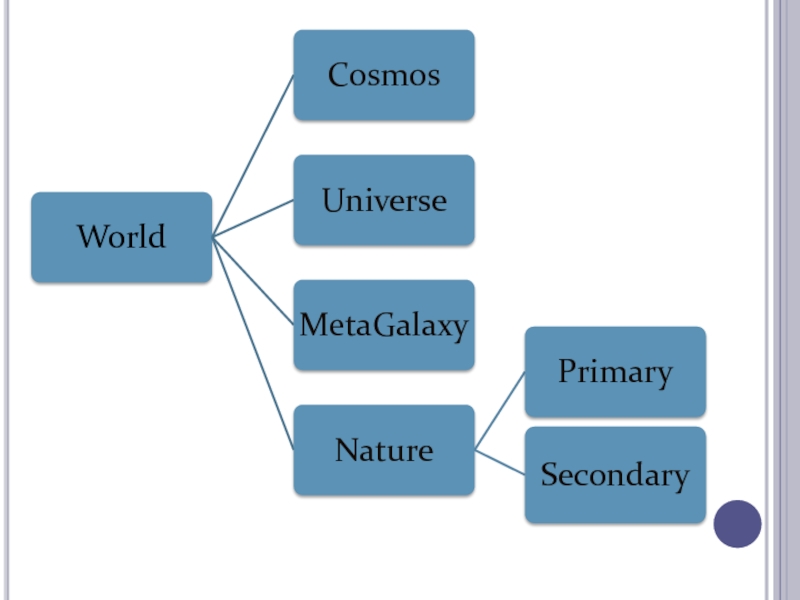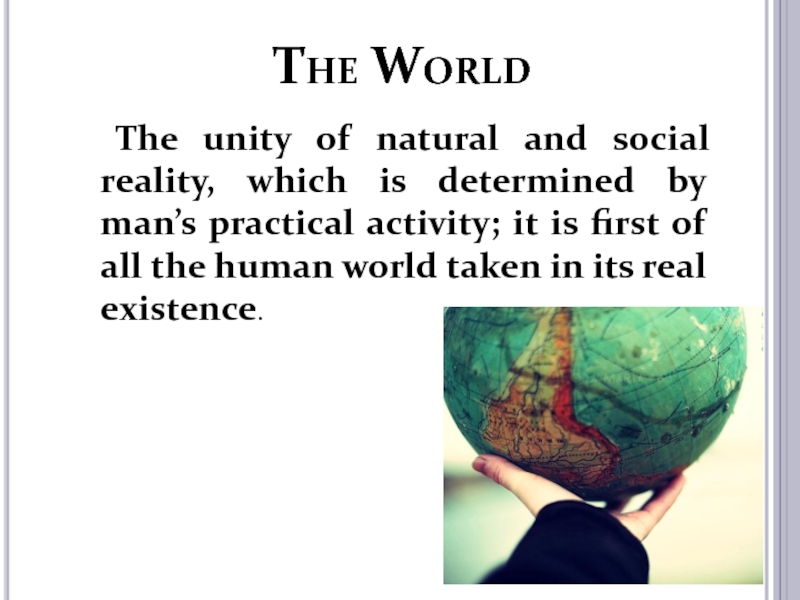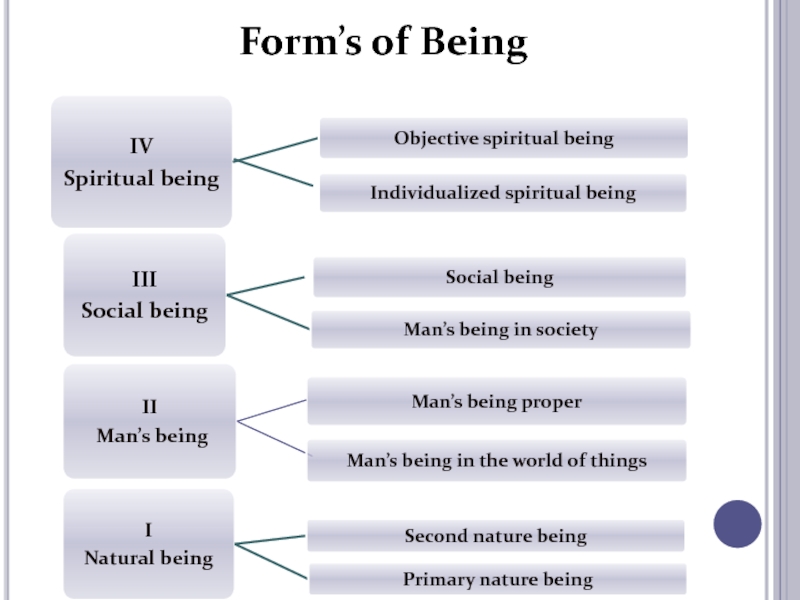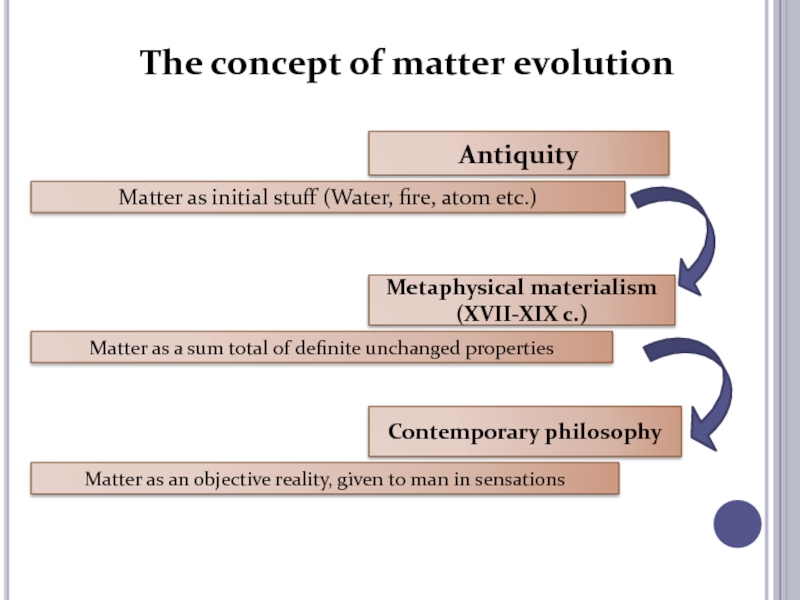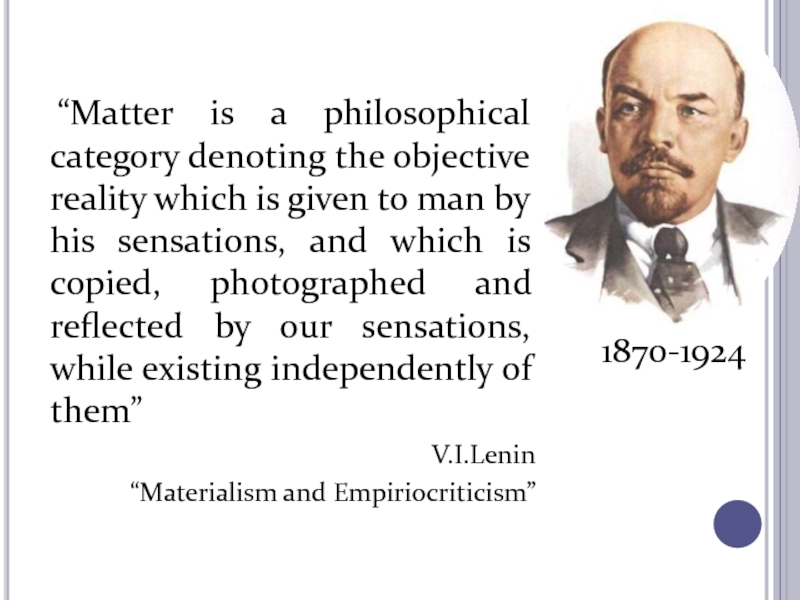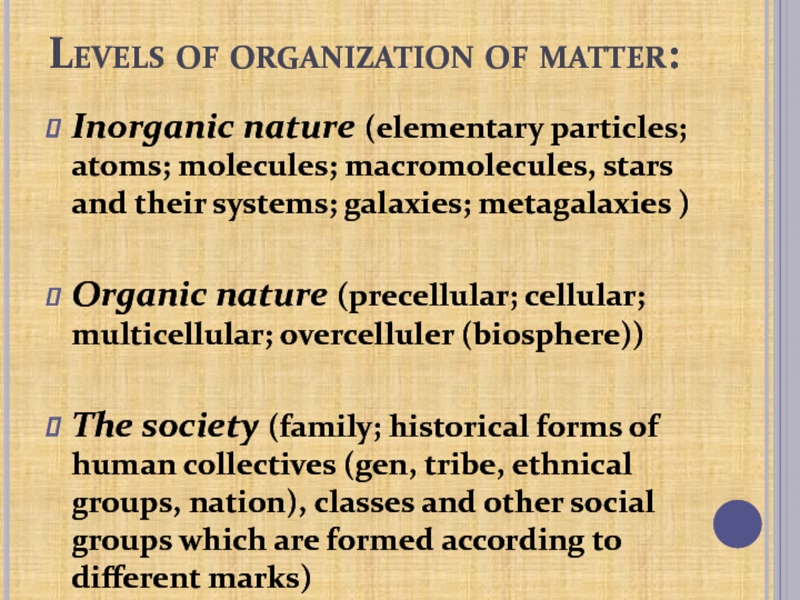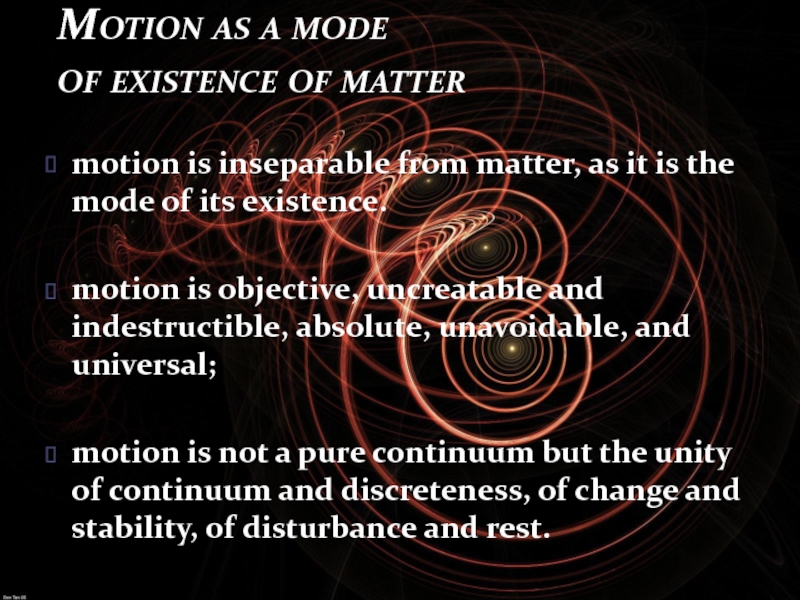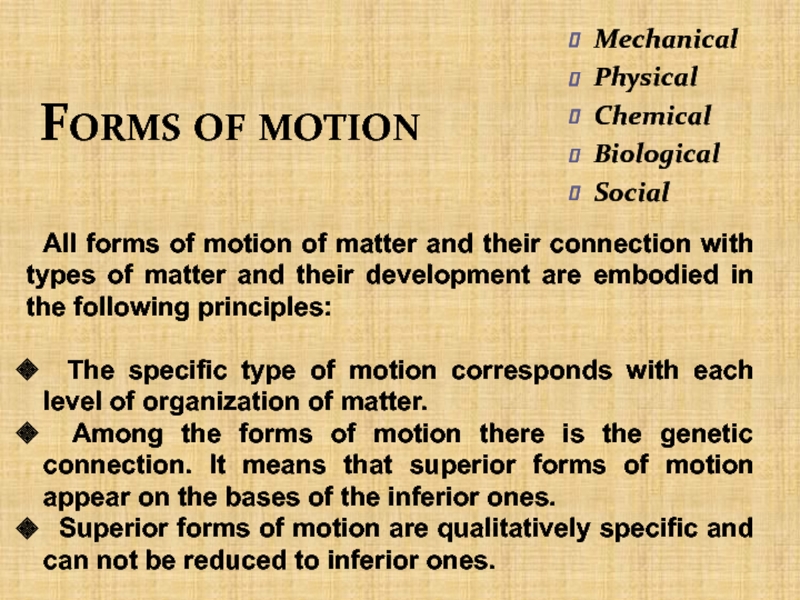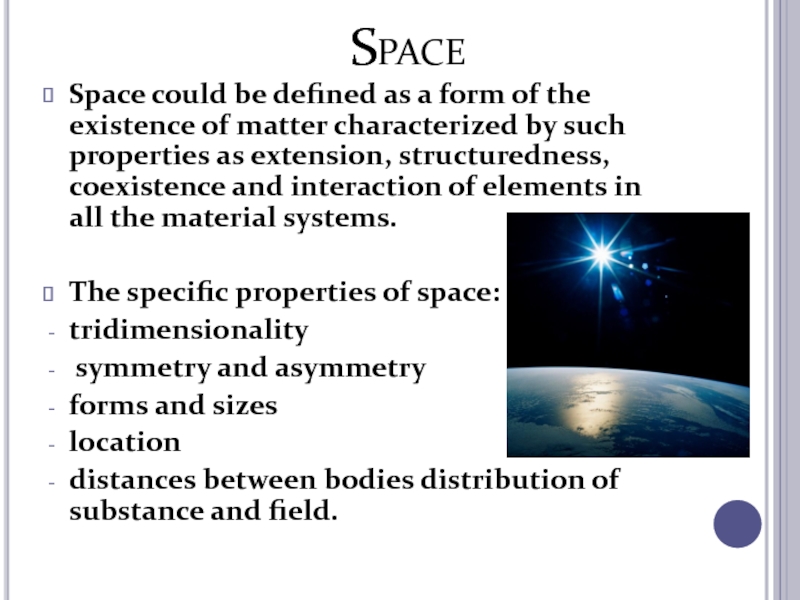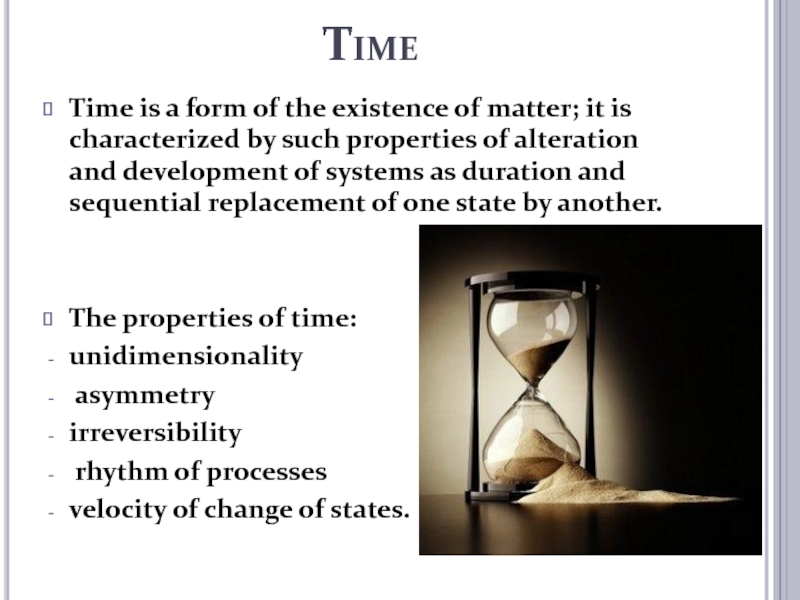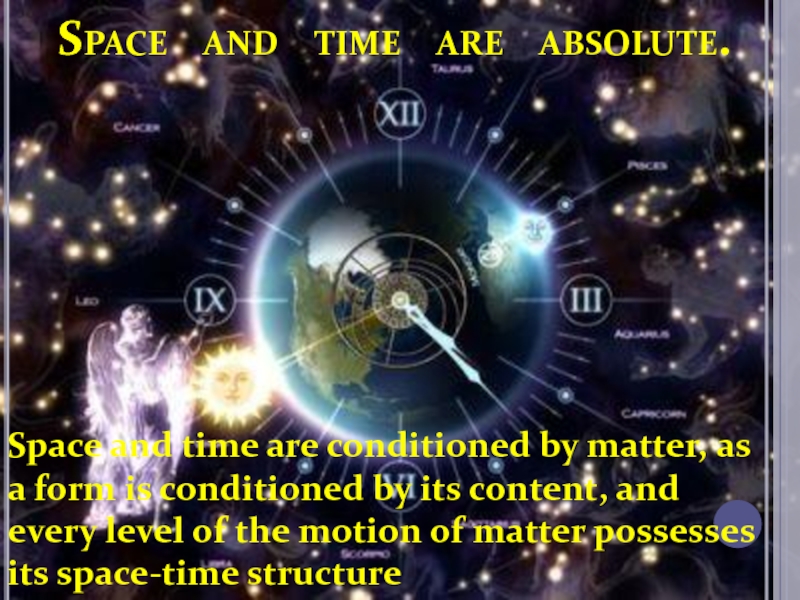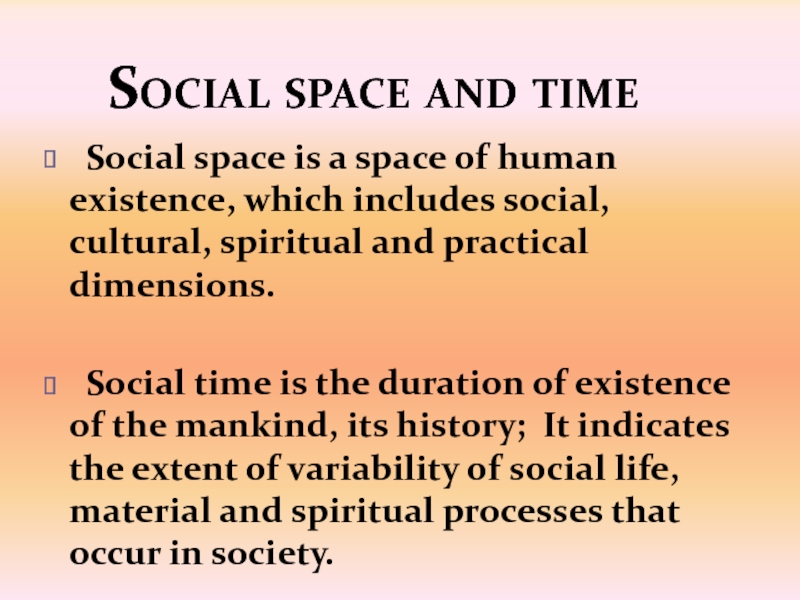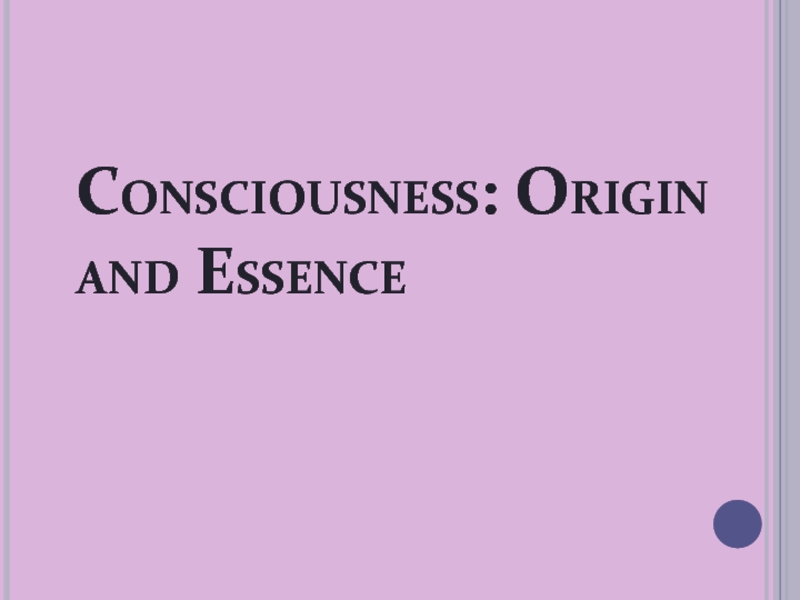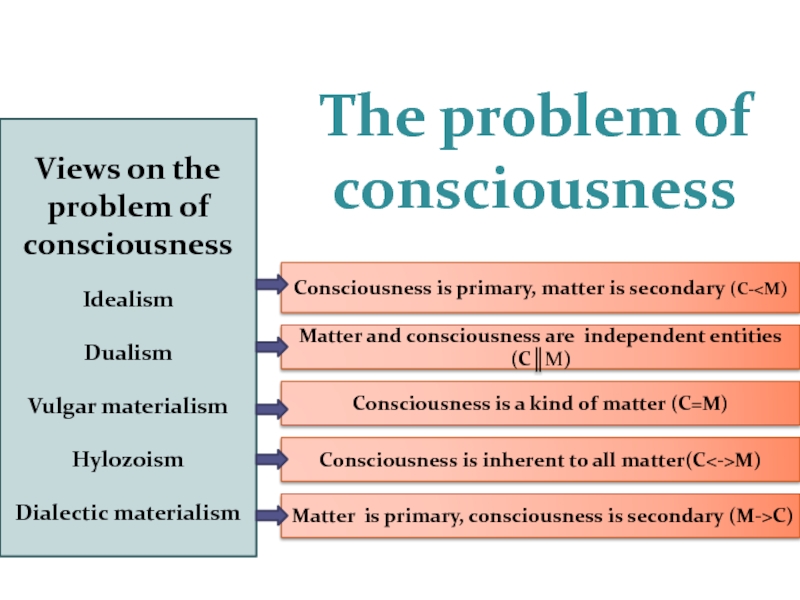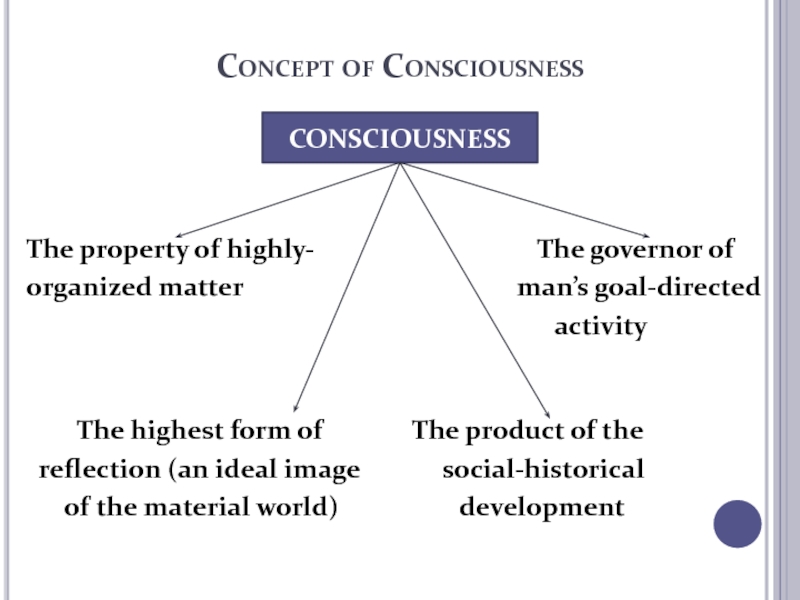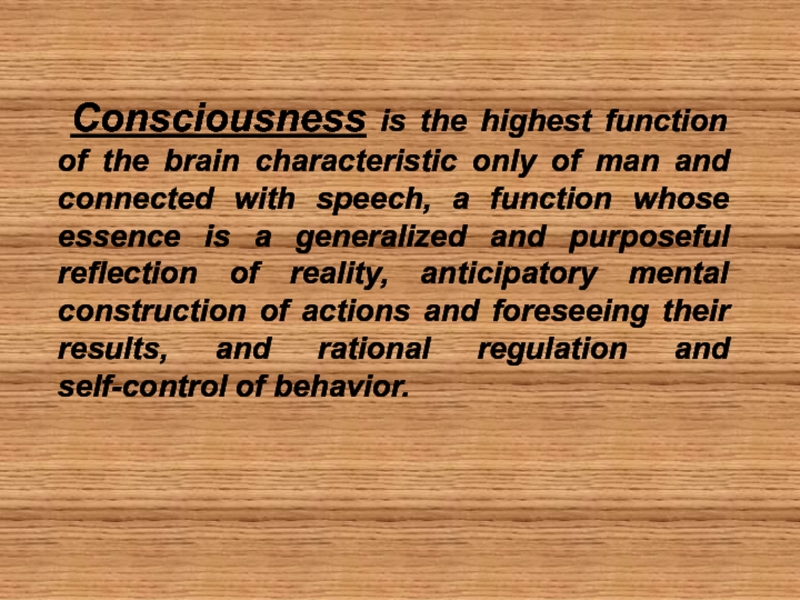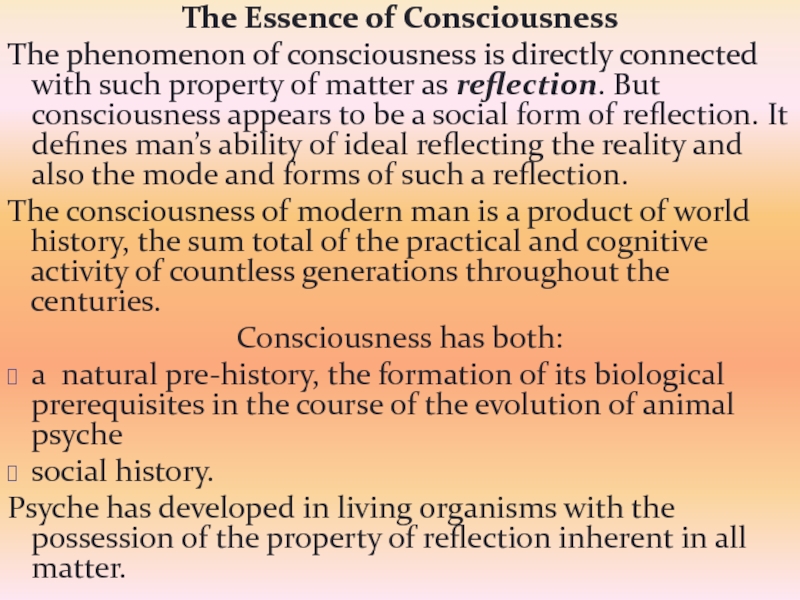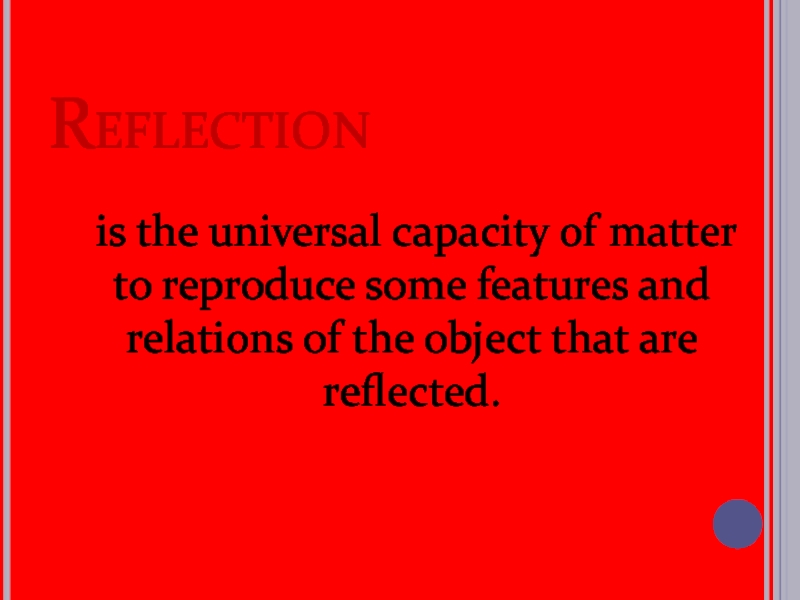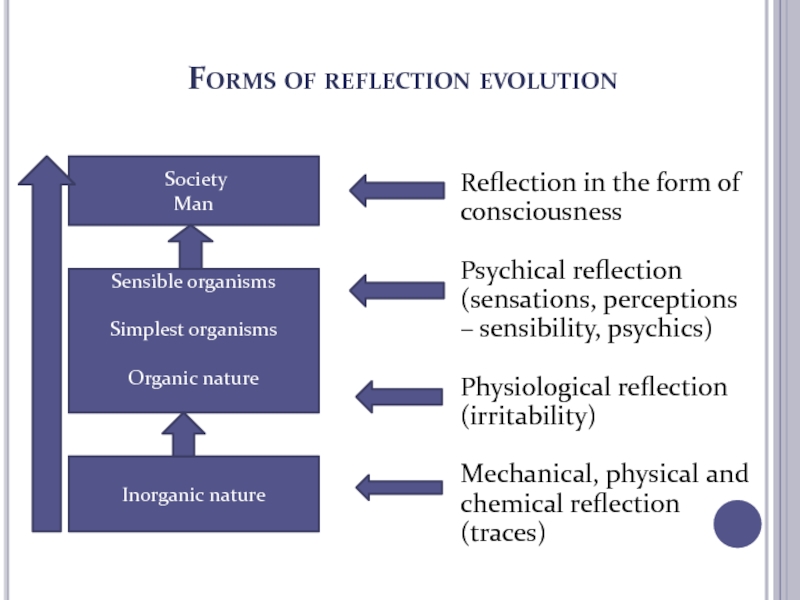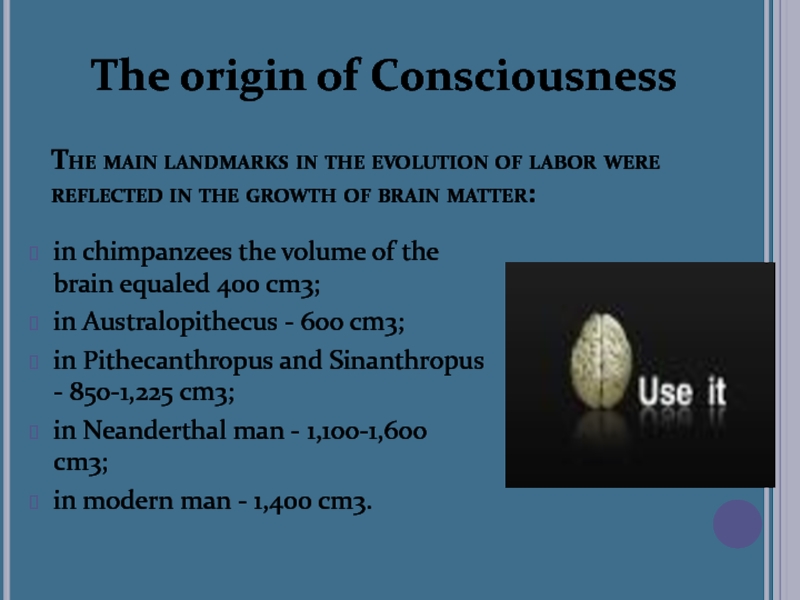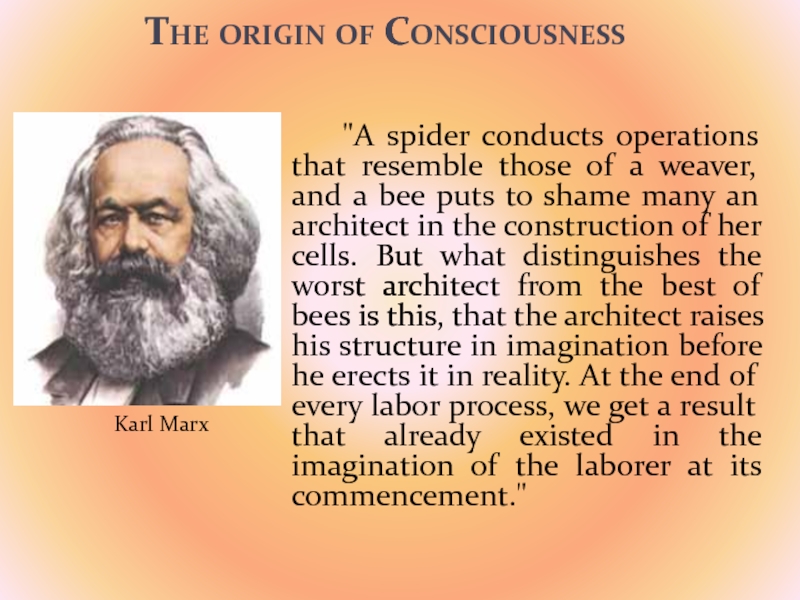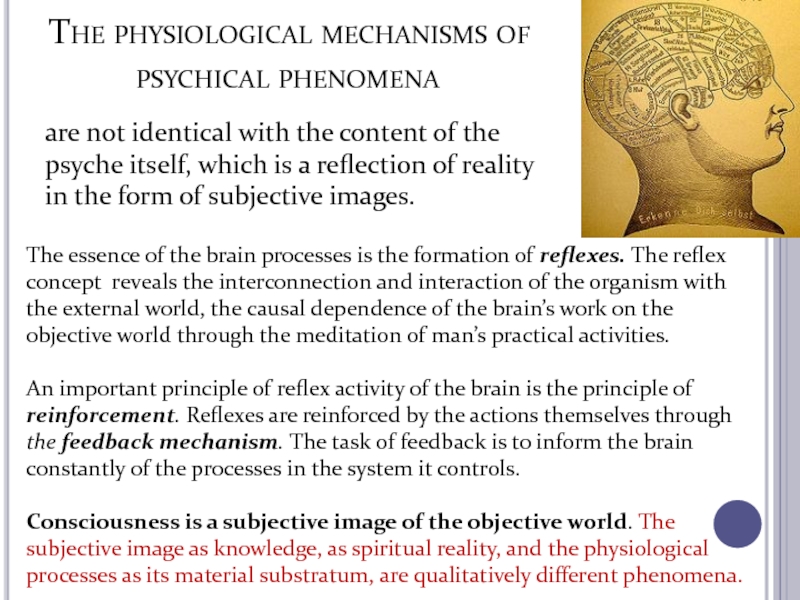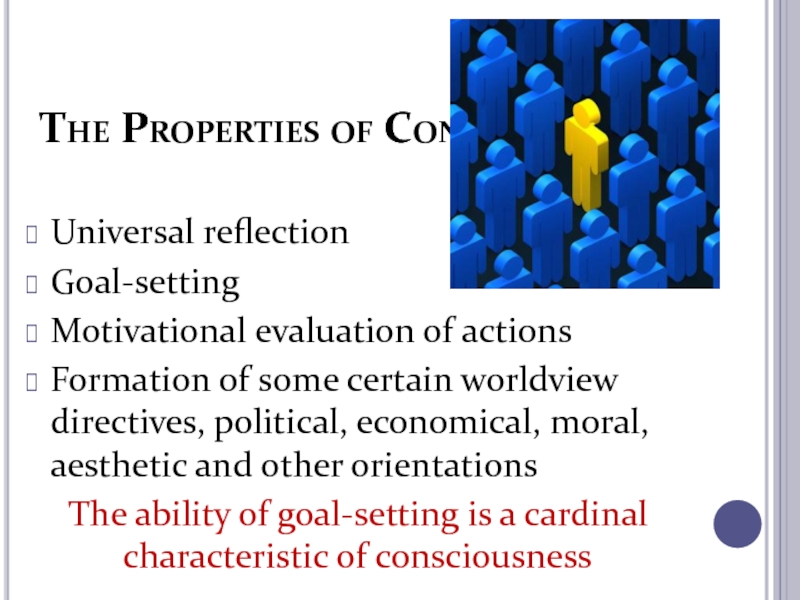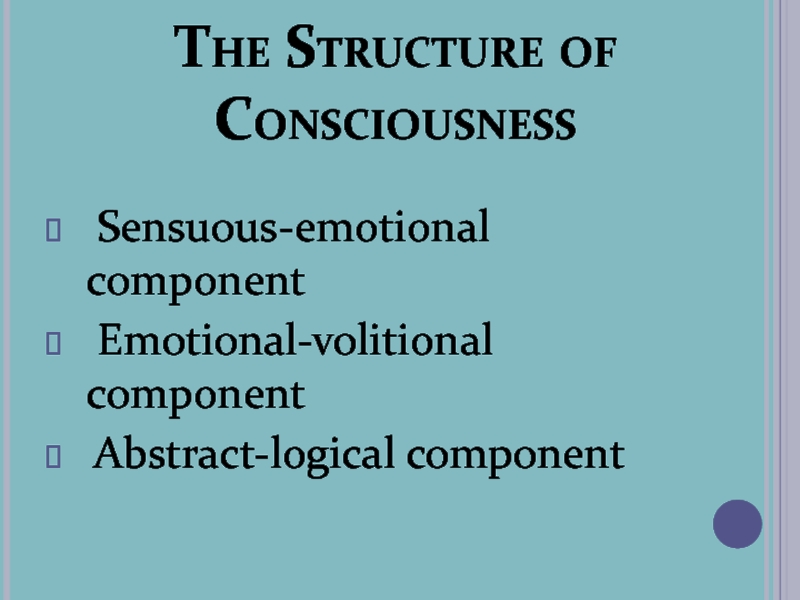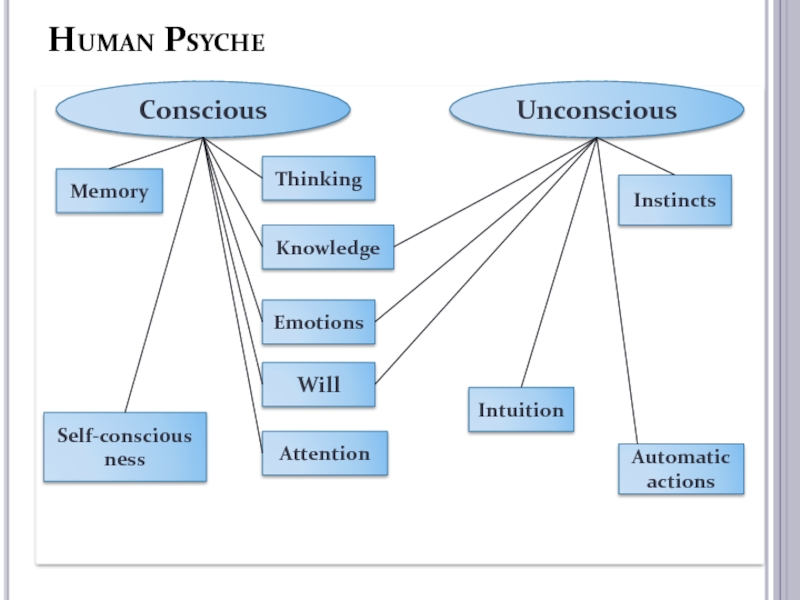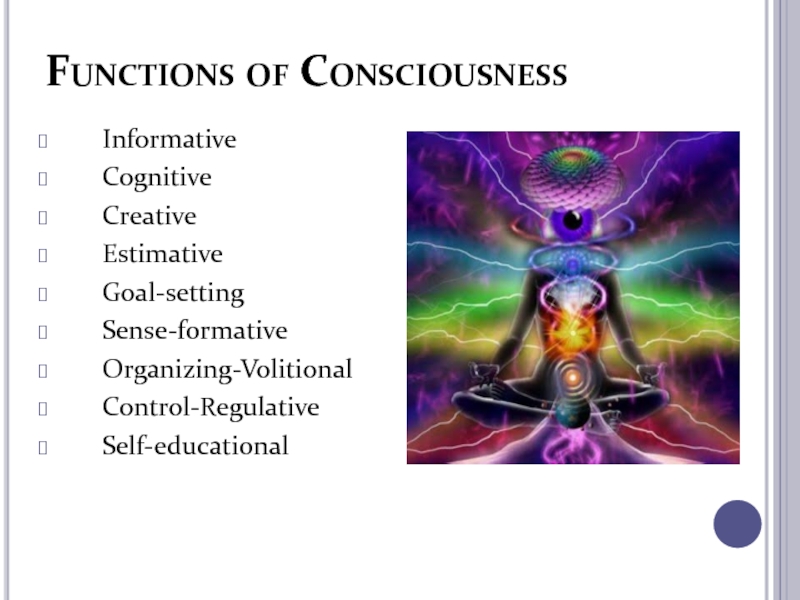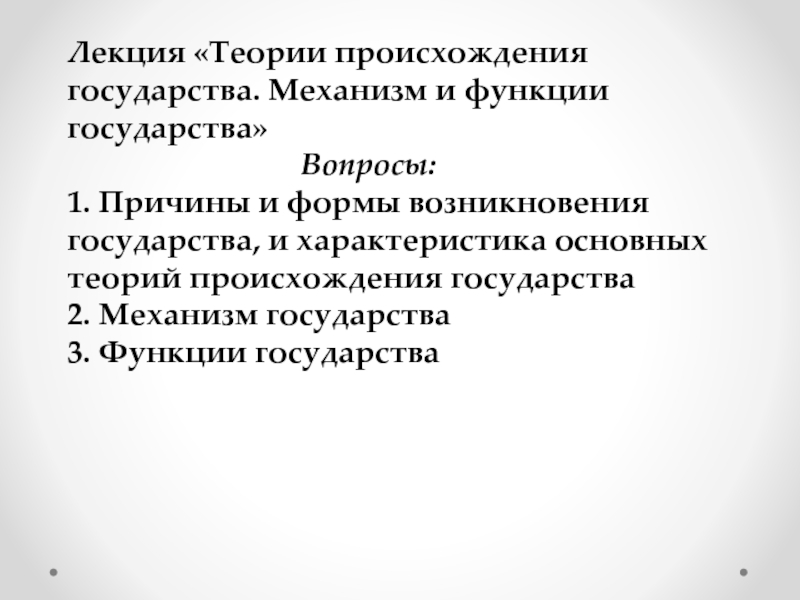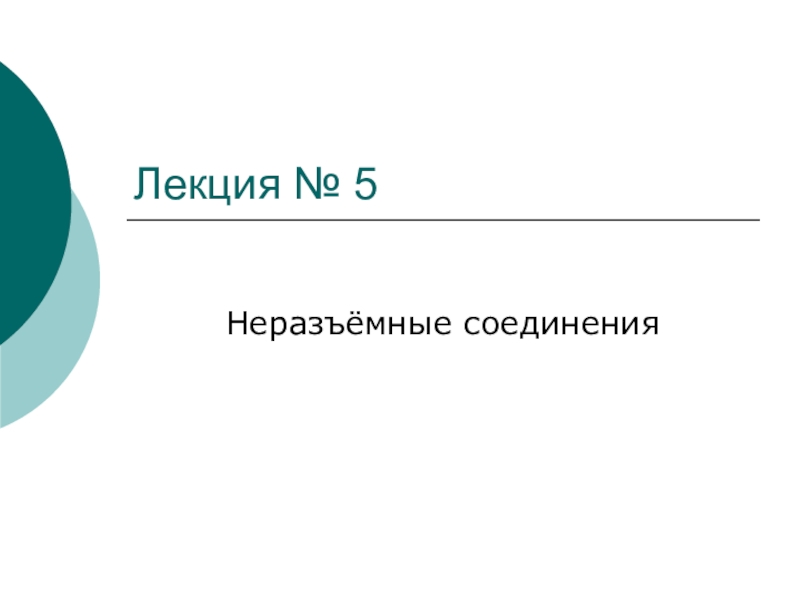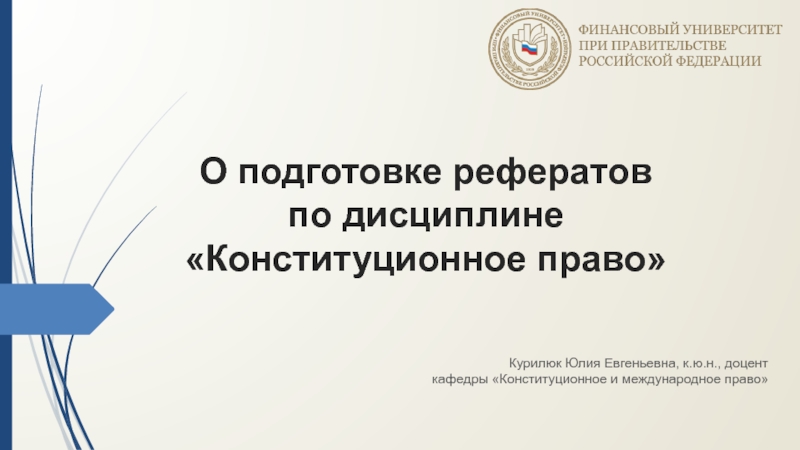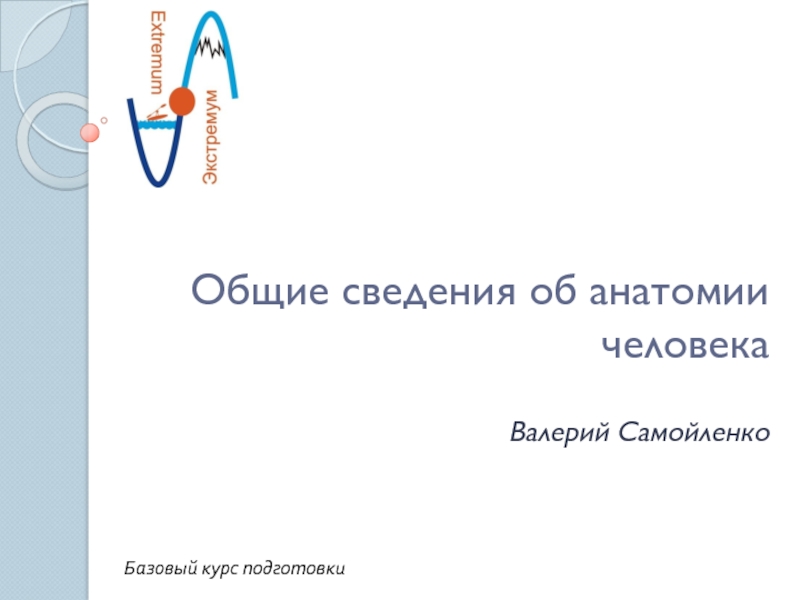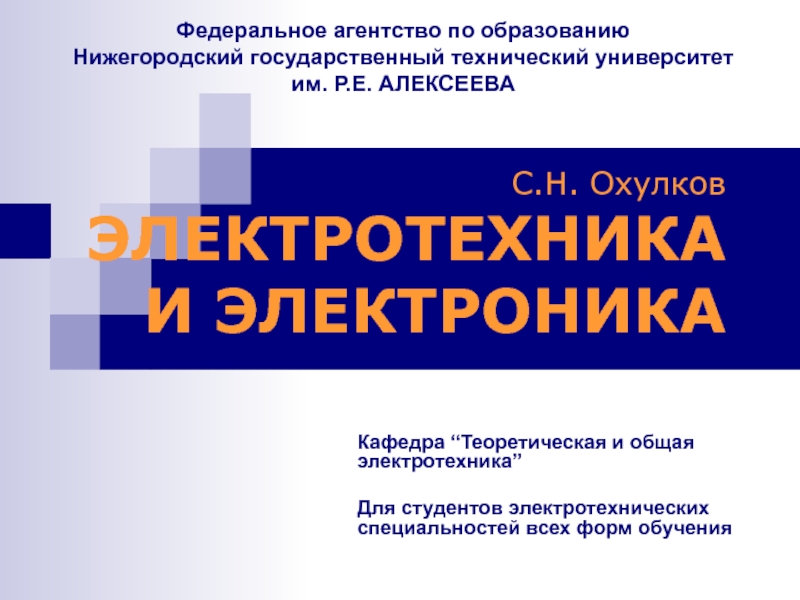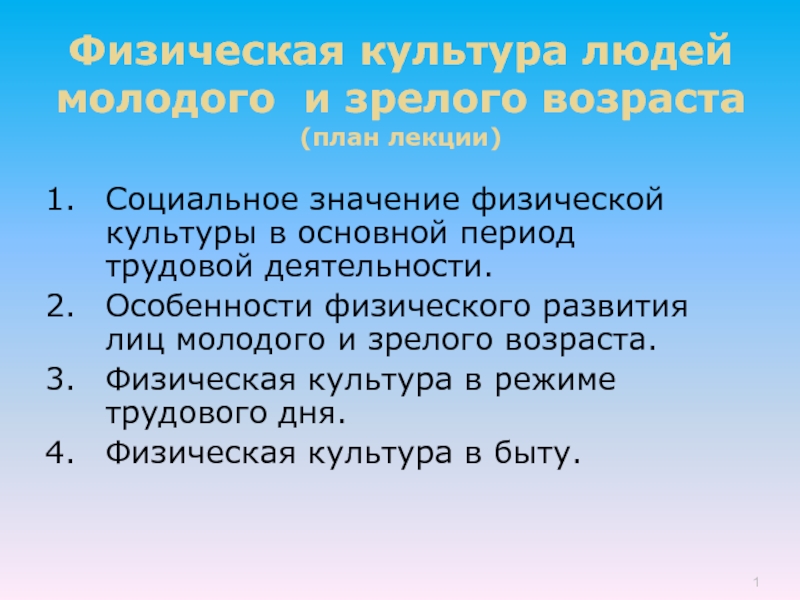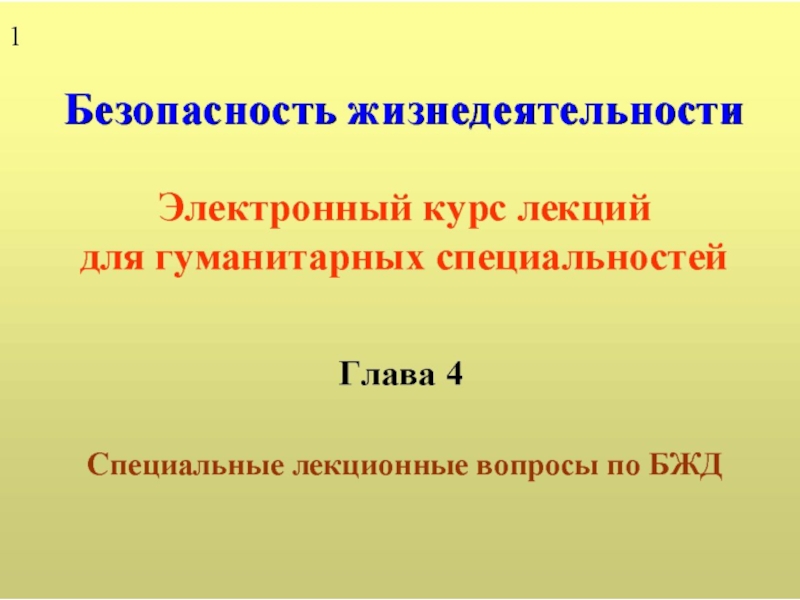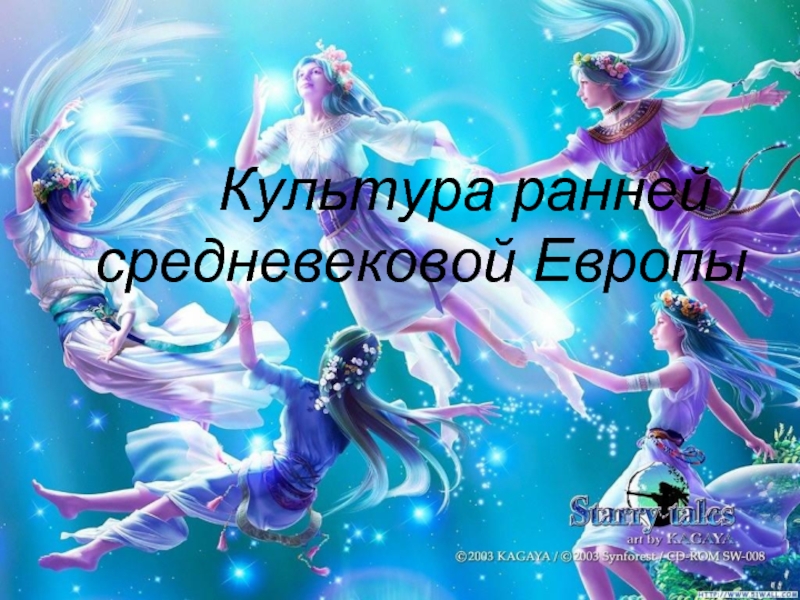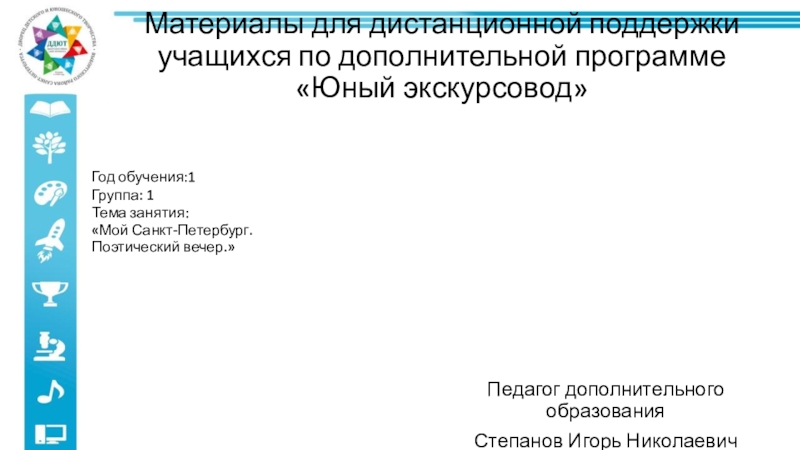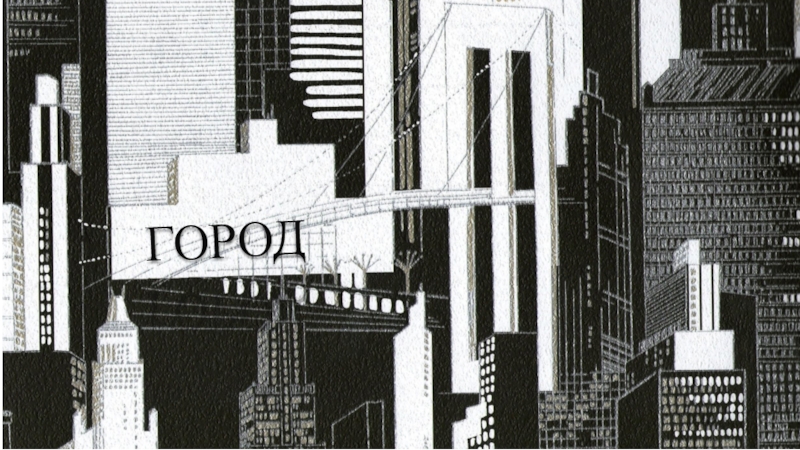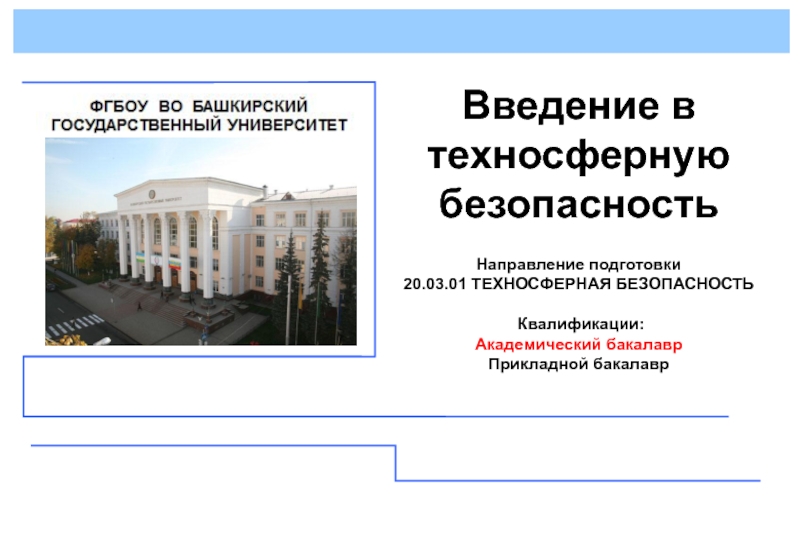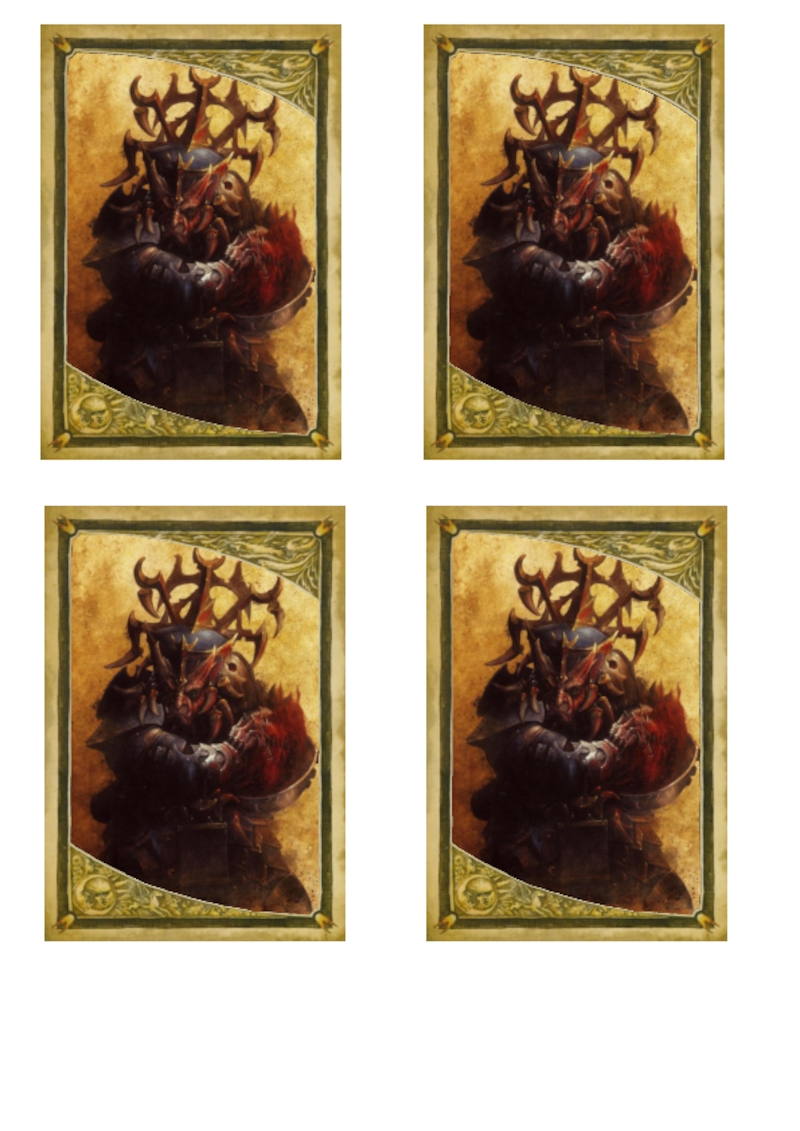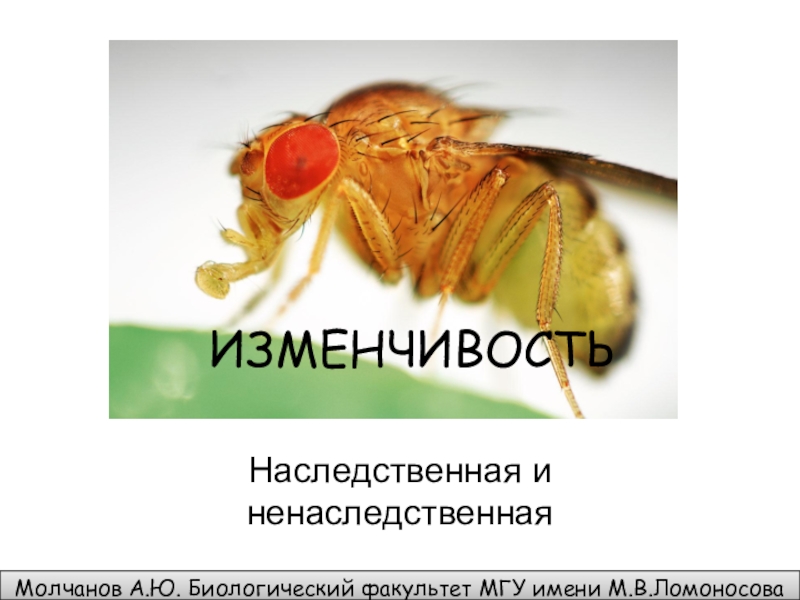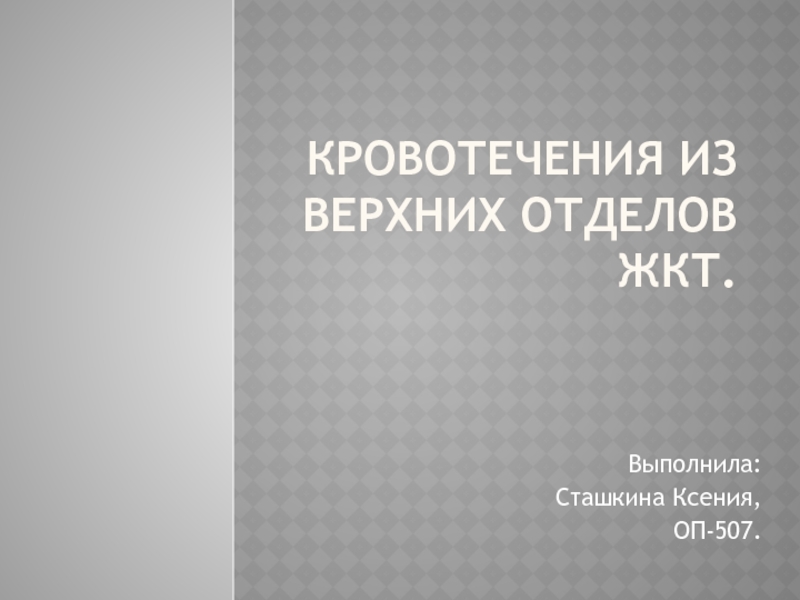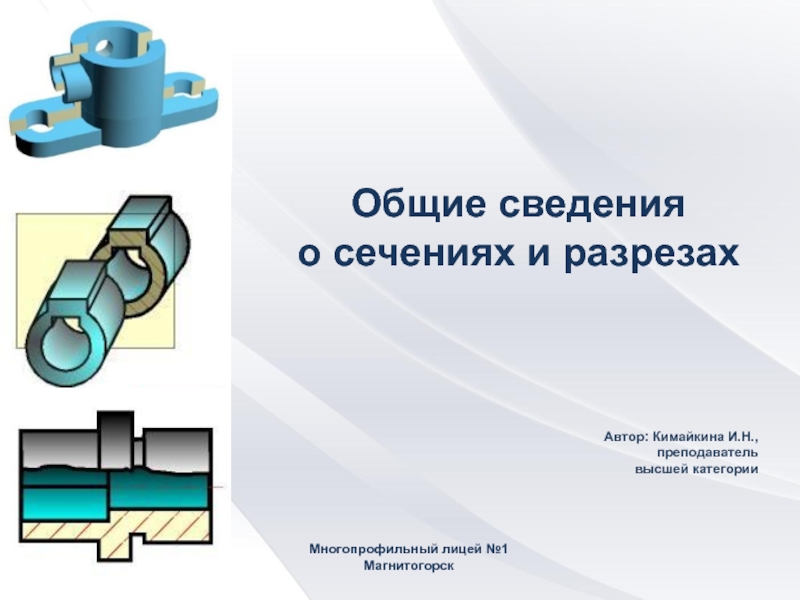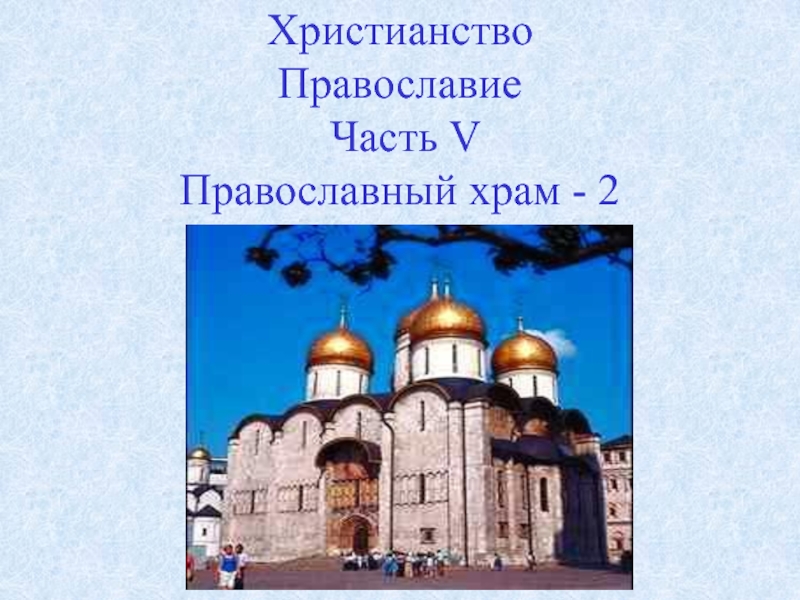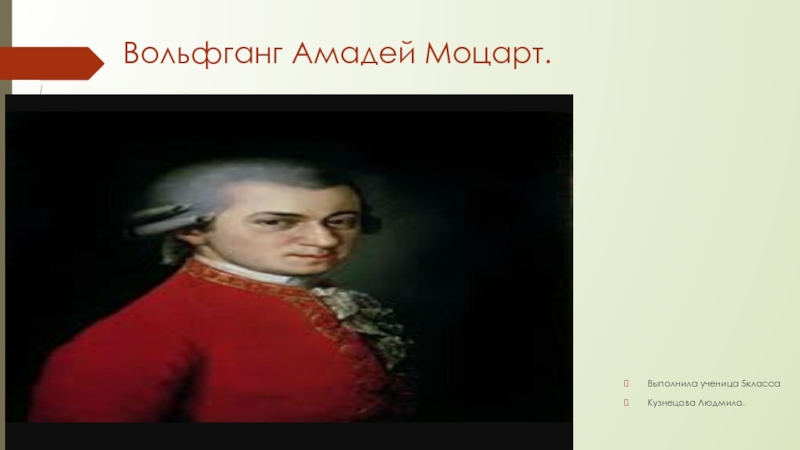Разделы презентаций
- Разное
- Английский язык
- Астрономия
- Алгебра
- Биология
- География
- Геометрия
- Детские презентации
- Информатика
- История
- Литература
- Математика
- Медицина
- Менеджмент
- Музыка
- МХК
- Немецкий язык
- ОБЖ
- Обществознание
- Окружающий мир
- Педагогика
- Русский язык
- Технология
- Физика
- Философия
- Химия
- Шаблоны, картинки для презентаций
- Экология
- Экономика
- Юриспруденция
Being and consciousness
Содержание
- 1. Being and consciousness
- 2. PlanThe conception of the world and being
- 3. LiteratureBasic:Alexander Spirkin. Dialectical Materialism / Alexander Spirkin
- 4. Слайд 4
- 5. The WorldThe unity of natural and social
- 6. Form’s of Being
- 7. AntiquityMatter as an objective reality, given to
- 8. “Matter is a philosophical category denoting the
- 9. Levels of organization of matter:Inorganic nature (elementary
- 10. Motion as a mode of existence
- 11. Forms of motionMechanicalPhysicalChemicalBiologicalSocialAll forms of motion of
- 12. Space Space could be defined as a
- 13. TimeTime is a form of the existence
- 14. Space and time are absolute.
- 15. Social space and time Social space is
- 16. Consciousness: Origin and Essence
- 17. Views on the problem of consciousnessIdealismDualismVulgar materialismHylozoism
- 18. Concept of ConsciousnessThe property of highly-
- 19. Consciousness is the highest function of the
- 20. The Essence of ConsciousnessThe phenomenon of consciousness
- 21. Reflection is the universal capacity of
- 22. Forms of reflection evolution
- 23. The main landmarks in the evolution of
- 24. Слайд 24
- 25. The physiological mechanisms of psychical phenomenaare
- 26. The Properties of ConsciousnessUniversal reflectionGoal-settingMotivational evaluation of
- 27. The Structure of Consciousness Sensuous-emotional component Emotional-volitional component Abstract-logical component
- 28. Human PsycheConsciousUnconsciousMemoryThinkingKnowledgeEmotionsWillAttentionSelf-consciousnessInstinctsAutomatic actionsIntuition
- 29. Functions of ConsciousnessInformativeCognitiveCreativeEstimativeGoal-settingSense-formativeOrganizing-VolitionalControl-RegulativeSelf-educational
- 30. Questions for express-controlThe unity of natural and
- 31. Скачать презентанцию
Слайды и текст этой презентации
Слайд 2Plan
The conception of the world and being in philosophy.
The general
concept of Matter. Attributes of Matter: Motion, Space and Time.
Essence and origin. Consciousness, language and communication.Слайд 3Literature
Basic:
Alexander Spirkin. Dialectical Materialism / Alexander Spirkin : [transl. by
Robert Daglish]. — M. : Progress Publishers, 1983. − 342
p.John Heil. From an Ontological Point of View / John Heil. — New York : Oxford University Press, 2003. — 267 p.
Jan Westerhoff. Ontological Categories: Their nature and Significance / Jan Westerhoff. — New York : Oxford University Press, 2005. − 261 p.
Supplementary:
Essays in Ontology / [Edwin B. Allaire and others]. − Iowa City : University of Iowa, 1963. − 215 p.
Handbook of Metaphysics and Ontology / Hans Burkhardt, Barry Smith. − Philadelphia : Philosophia Verlag, 1991. − 1005 p.
Primary sources:
Aristotle. Metaphysics / Aristotle : [transl. by W. D. Ross]. – Nashotah, Wisconsin : The Classical Library, 2001. — P. 55−71.
Gebhard Geiger. Evolutionary Instability: Logical and Material Aspects of a Unified Theory of Biosocial Evolution / Gebhard Geiger. — New York : Springer-Verlag, 1990. — 167 p.
Martin Heidegger. Being and Time / Martin Heidegger : [transl. by John Macquarrie and Edward Robinson]. — New York : Harper and Row, 1962. — P. 161−165.
Слайд 5The World
The unity of natural and social reality, which is
determined by man’s practical activity; it is first of all
the human world taken in its real existence.Слайд 7Antiquity
Matter as an objective reality, given to man in sensations
Matter
as initial stuff (Water, fire, atom etc.)
Contemporary philosophy
Metaphysical materialism (XVII-XIX
c.)Matter as a sum total of definite unchanged properties
The concept of matter evolution
Слайд 8“Matter is a philosophical category denoting the objective reality which
is given to man by his sensations, and which is
copied, photographed and reflected by our sensations, while existing independently of them”V.I.Lenin
“Materialism and Empiriocriticism”
1870-1924
Слайд 9Levels of organization of matter:
Inorganic nature (elementary particles; atoms; molecules;
macromolecules, stars and their systems; galaxies; metagalaxies )
Organic nature (precellular;
cellular; multicellular; overcelluler (biosphere))The society (family; historical forms of human collectives (gen, tribe, ethnical groups, nation), classes and other social groups which are formed according to different marks)
Слайд 10Motion as a mode
of existence of matter
motion is inseparable
from matter, as it is the mode of its existence.
motion is objective, uncreatable and indestructible, absolute, unavoidable, and universal;
motion is not a pure continuum but the unity of continuum and discreteness, of change and stability, of disturbance and rest.
Слайд 11Forms of motion
Mechanical
Physical
Chemical
Biological
Social
All forms of motion of matter and their
connection with types of matter and their development are embodied
in the following principles:The specific type of motion corresponds with each level of organization of matter.
Among the forms of motion there is the genetic connection. It means that superior forms of motion appear on the bases of the inferior ones.
Superior forms of motion are qualitatively specific and can not be reduced to inferior ones.
Слайд 12Space
Space could be defined as a form of the
existence of matter characterized by such properties as extension, structuredness,
coexistence and interaction of elements in all the material systems.The specific properties of space:
tridimensionality
symmetry and asymmetry
forms and sizes
location
distances between bodies distribution of substance and field.
Слайд 13Time
Time is a form of the existence of matter; it
is characterized by such properties of alteration and development of
systems as duration and sequential replacement of one state by another.The properties of time:
unidimensionality
asymmetry
irreversibility
rhythm of processes
velocity of change of states.
Слайд 14Space and time are absolute.
Space and time are conditioned by
matter, as a form is conditioned by its content, and
every level of the motion of matter possesses its space-time structureСлайд 15Social space and time
Social space is a space of
human existence, which includes social, cultural, spiritual and practical dimensions.
Social time is the duration of existence of the mankind, its history; It indicates the extent of variability of social life, material and spiritual processes that occur in society.
Слайд 17Views on the problem of consciousness
Idealism
Dualism
Vulgar materialism
Hylozoism
Dialectic materialism
Consciousness is
primary, matter is secondary (C-
independent entities (C║M)Consciousness is a kind of matter (C=M)
Consciousness is inherent to all matter(C<->M)
Matter is primary, consciousness is secondary (M->C)
The problem of
consciousness
Слайд 18Concept of Consciousness
The property of highly-
The governor of
organized matter man’s goal-directed
activity
The highest form of The product of the
reflection (an ideal image social-historical
of the material world) development
CONSCIOUSNESS
Слайд 19Consciousness is the highest function of the brain characteristic only
of man and connected with speech, a function whose essence
is a generalized and purposeful reflection of reality, anticipatory mental construction of actions and foreseeing their results, and rational regulation and self-control of behavior.Слайд 20The Essence of Consciousness
The phenomenon of consciousness is directly connected
with such property of matter as reflection. But consciousness appears
to be a social form of reflection. It defines man’s ability of ideal reflecting the reality and also the mode and forms of such a reflection.The consciousness of modern man is a product of world history, the sum total of the practical and cognitive activity of countless generations throughout the centuries.
Consciousness has both:
a natural pre-history, the formation of its biological prerequisites in the course of the evolution of animal psyche
social history.
Psyche has developed in living organisms with the possession of the property of reflection inherent in all matter.
Слайд 21Reflection
is the universal capacity of matter to reproduce
some features and relations of the object that are reflected.
Слайд 22Forms of reflection evolution
Reflection in the form of consciousness
Psychical reflection (sensations, perceptions – sensibility, psychics)
Physiological reflection (irritability)
Mechanical, physical and chemical reflection (traces)
Society
Man
Sensible organisms
Simplest organisms
Organic nature
Inorganic nature
Слайд 23The main landmarks in the evolution of labor were reflected
in the growth of brain matter:
in chimpanzees the volume
of the brain equaled 400 cm3; in Australopithecus - 600 cm3;
in Pithecanthropus and Sinanthropus - 850-1,225 cm3;
in Neanderthal man - 1,100-1,600 cm3;
in modern man - 1,400 cm3.
The origin of Consciousness
Слайд 24
The origin of Consciousness
"A spider conducts operations that resemble those of
a weaver, and a bee puts to shame many an architect in the construction of her cells. But what distinguishes the worst architect from the best of bees is this, that the architect raises his structure in imagination before he erects it in reality. At the end of every labor process, we get a result that already existed in the imagination of the laborer at its commencement."Karl Marx
Слайд 25 The physiological mechanisms of psychical phenomena
are not identical with
the content of the psyche itself, which is a reflection
of reality in the form of subjective images.The essence of the brain processes is the formation of reflexes. The reflex concept reveals the interconnection and interaction of the organism with the external world, the causal dependence of the brain’s work on the objective world through the meditation of man’s practical activities.
An important principle of reflex activity of the brain is the principle of reinforcement. Reflexes are reinforced by the actions themselves through the feedback mechanism. The task of feedback is to inform the brain constantly of the processes in the system it controls.
Consciousness is a subjective image of the objective world. The subjective image as knowledge, as spiritual reality, and the physiological processes as its material substratum, are qualitatively different phenomena.
Слайд 26The Properties of Consciousness
Universal reflection
Goal-setting
Motivational evaluation of actions
Formation of some
certain worldview directives, political, economical, moral, aesthetic and other orientations
The ability of goal-setting is a cardinal characteristic of consciousnessСлайд 27The Structure of Consciousness
Sensuous-emotional component
Emotional-volitional component
Abstract-logical
component
Слайд 28Human Psyche
Conscious
Unconscious
Memory
Thinking
Knowledge
Emotions
Will
Attention
Self-consciousness
Instincts
Automatic actions
Intuition
Слайд 29Functions of Consciousness
Informative
Cognitive
Creative
Estimative
Goal-setting
Sense-formative
Organizing-Volitional
Control-Regulative
Self-educational
Слайд 30Questions for express-control
The unity of natural and social reality, conditioned
and determined by man’s practical activity is called…?
Give an
example of spiritual being?Who gave philosophical definition of matter in XX century?
What is the physiological mechanism of the brain process?
What is a cardinal characteristic of consciousness?
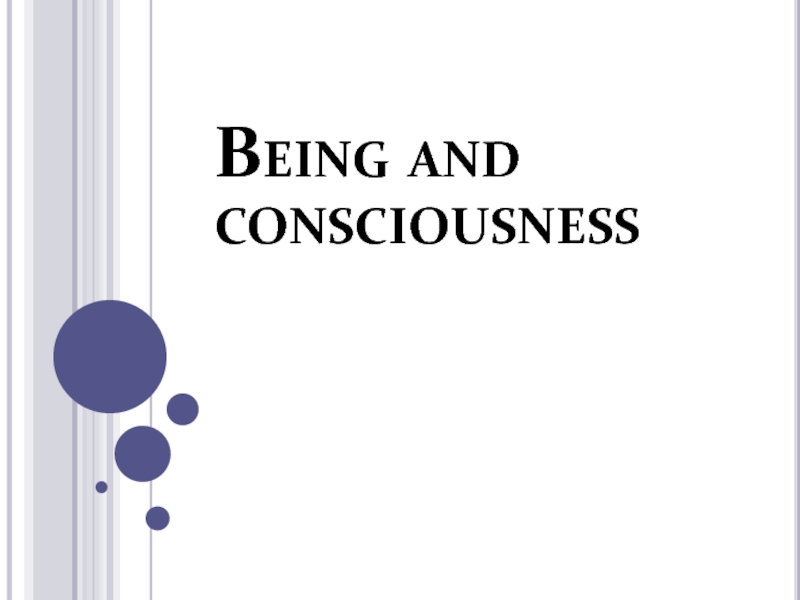
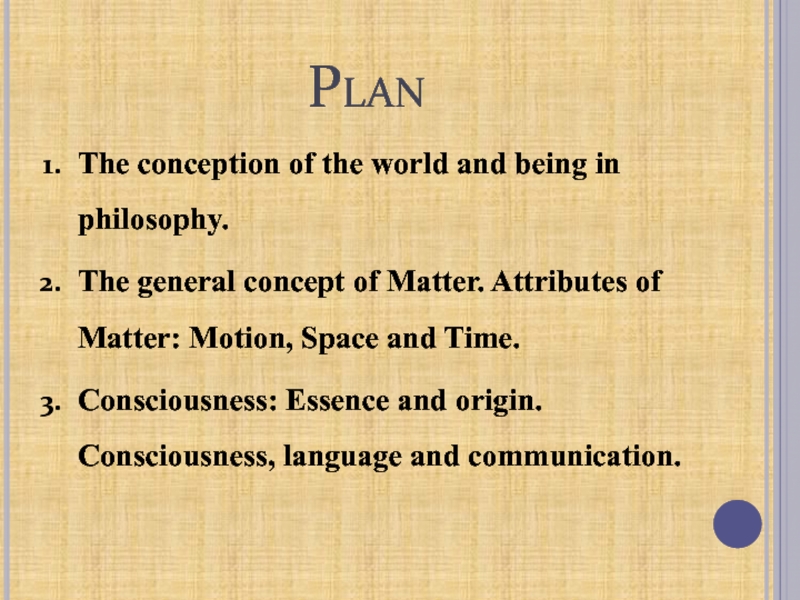
![Being and consciousness LiteratureBasic:Alexander Spirkin. Dialectical Materialism / Alexander Spirkin : [transl. by Robert LiteratureBasic:Alexander Spirkin. Dialectical Materialism / Alexander Spirkin : [transl. by Robert Daglish]. — M. : Progress Publishers,](/img/thumbs/48f3a90d20ee0ca21f5caea92491e5e0-800x.jpg)
